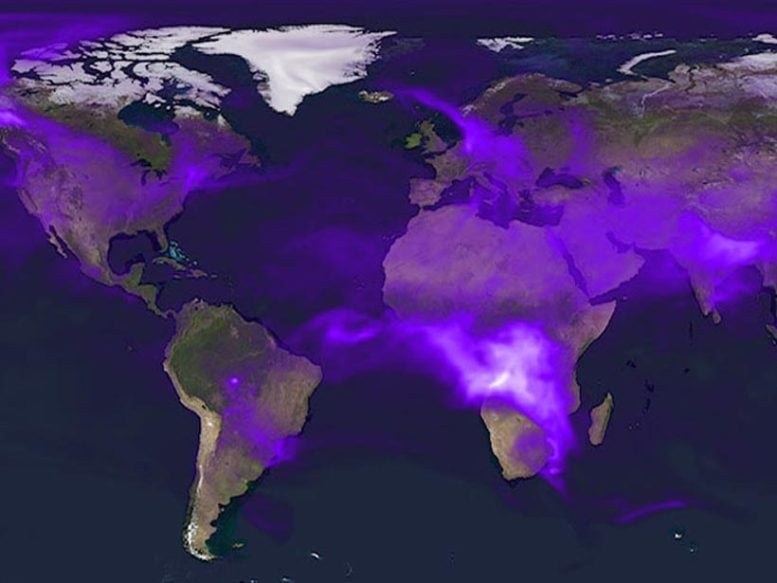SciTech Daily January 1, 2022
In previous studies, the cloud nucleation values of black carbon were indirect measurements. An international team of researchers (UK, China) concurrently measured the concentration of cloud condensation nuclei and black carbon particles near heavily trafficked roads and industrial centers in Wuhan, China. They found that the activation diameter, or the size of the black carbon particle where half of the particles will nucleate and precipitate out, was 144 ± 21 nanometers at 0.2% supersaturation. How these black carbon–containing particles could act as cloud nuclei is determined by their size combined with their coatings, the authors say, and in general, the less saturated the air was, the bigger the particles had to be to nucleate. They also found that the amount of organic content in a particle or any coating on the black carbon can change the hygroscopicity and therefore the activation. According to the researchers their work can help improve estimates of the longevity of suspended black carbon particles in the atmosphere and therefore the radiative impacts those particles can have…read more. TECHNICAL ARTICLE

Black carbon particles are spread throughout our atmosphere, produced by the burning of fuels or industrial processes. Credit: NASA’s Goddard Space Flight Center Scientific Visualization Studio